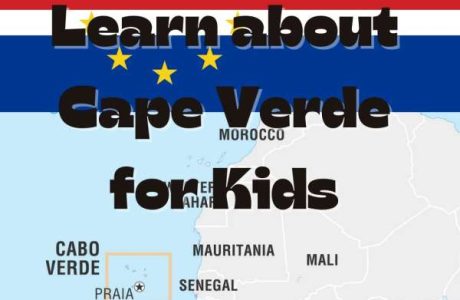 My daughter loved Martha Speaks when she was younger, and if you watched this show, too, you know what song has been going through my head the entire time I’ve been writing this. (And if you don’t know what I’m talking about, give it a listen here.)
My daughter loved Martha Speaks when she was younger, and if you watched this show, too, you know what song has been going through my head the entire time I’ve been writing this. (And if you don’t know what I’m talking about, give it a listen here.)
Belgium Basics
You don’t actually learn a lot about Belgium from that song, except that they have waffles (which we’ll get to) and Waterloo is there. Belgium is formally the Kingdom of Belgium, and it is located in northern Europe. It’s bordered by the Netherlands, Germany, Luxembourg, France and the North Sea.
The land area is 11,849 square miles, or 30,689 square kilometers, and has a population of about 11.5 million people, about 65 percent of whom are ethnically Belgian. Their official languages are Dutch, French and German.
The capital is Brussels, which is considered the unofficial capital of the European Union and is the home of the headquarters of NATO (the North Atlantic Treaty Organization). Belgium was one of the six founding members of the European Union. The country has a king (Phillipe) and a prime minister and federal parliament. I
Belgium as it exists today was established after the Belgian revolution of 1830, and the name comes from a Latin word used for the area during the Gallic Wars. The nation was a colonizer, particularly in Africa. It is known as the battleground of Europe because of its participation in many world conflicts, including the Battle of Waterloo, which marked the end of the Napoleonic Wars.
Belgium National Symbols
The Belgian flag is made up of three vertical bars, one black, one yellow and one red. It has been used since 1831. The national anthem unfortunately isn’t The Belgium song from Martha Speaks, but it is “La Brabançonne,” which refers to the Duchy of Brabant and the text of which was written during the revolution.
[youtube https://www.youtube.com/watch?v=d9u_Ituu2Q8?si=gn1F2YswY7jgokAK]
Different regions (including the capital region, the Flemish community, the French speaking community and the German speaking community) have different symbols to represent them. For instance the Flemish community uses the lion as a symbol, while the French use the rooster. St. Michael is the patron saint of Brussels, while St. Ludgardis is the patron of the Flemish in the country.
That said, the lion is a pretty universal symbol of the region, having been used as a heraldic symbol for centuries (there’s also one on the Belgian coat of arms). The red poppy is considered the national flower, though different regions may have other floral emblems.
Moules-frites, or muscles and fries, is considered the national dish, if you’re not calling it Belgian waffles.
Belgian Activities for Kids
Learn about the Atomium, now a museum and art center, which was built for the 1958 Brussels World’s Fair and looks like a giant stainless steel iron crystal. (There’s a video of the interior at its website.)
Primary Leap has a good lesson on Belgium that includes a quiz and other activities. Activity Village has some fun facts and history, and printables that are available for members. Let’s Jet Kids has a page on Belgium that includes fun facts and some words in Dutch, major cities and other info.
Belgian chocolate is known throughout the world, and according to Visit Flanders, that’s because the cocoa content is high, the cocoa is finely ground and uses pure cocoa butter. Find some to sample and compare it to local chocolate where you live.
The Smurfs were originally created by the Belgian cartoonist Peyo (Pierre Culliford) and called Les Schtroumpfs. The series started in 1958 and has spread to many countries in translation, as well as through a television show and movies in the United States. So watch some Smurfs and think about what your Smurf name might be.
Try Moules-frites with this Geoffrey Zakarian recipe from Food Network, or make some Belgian waffles. Belgian waffles are made from a lighter batter than American waffles, and also have larger squares and deeper pockets. Grab a recipe from Tastes Better from Scratch.





Leave a Reply